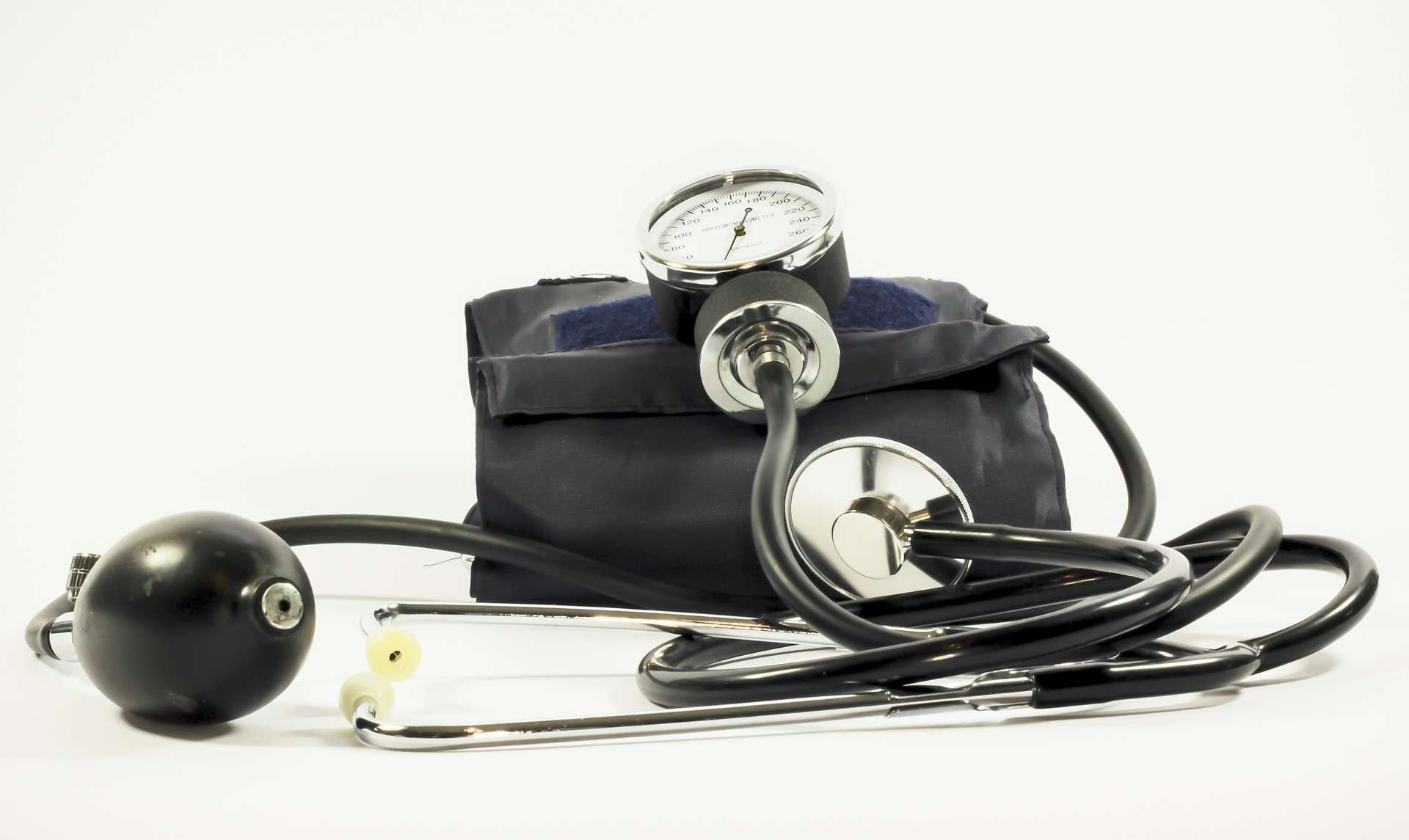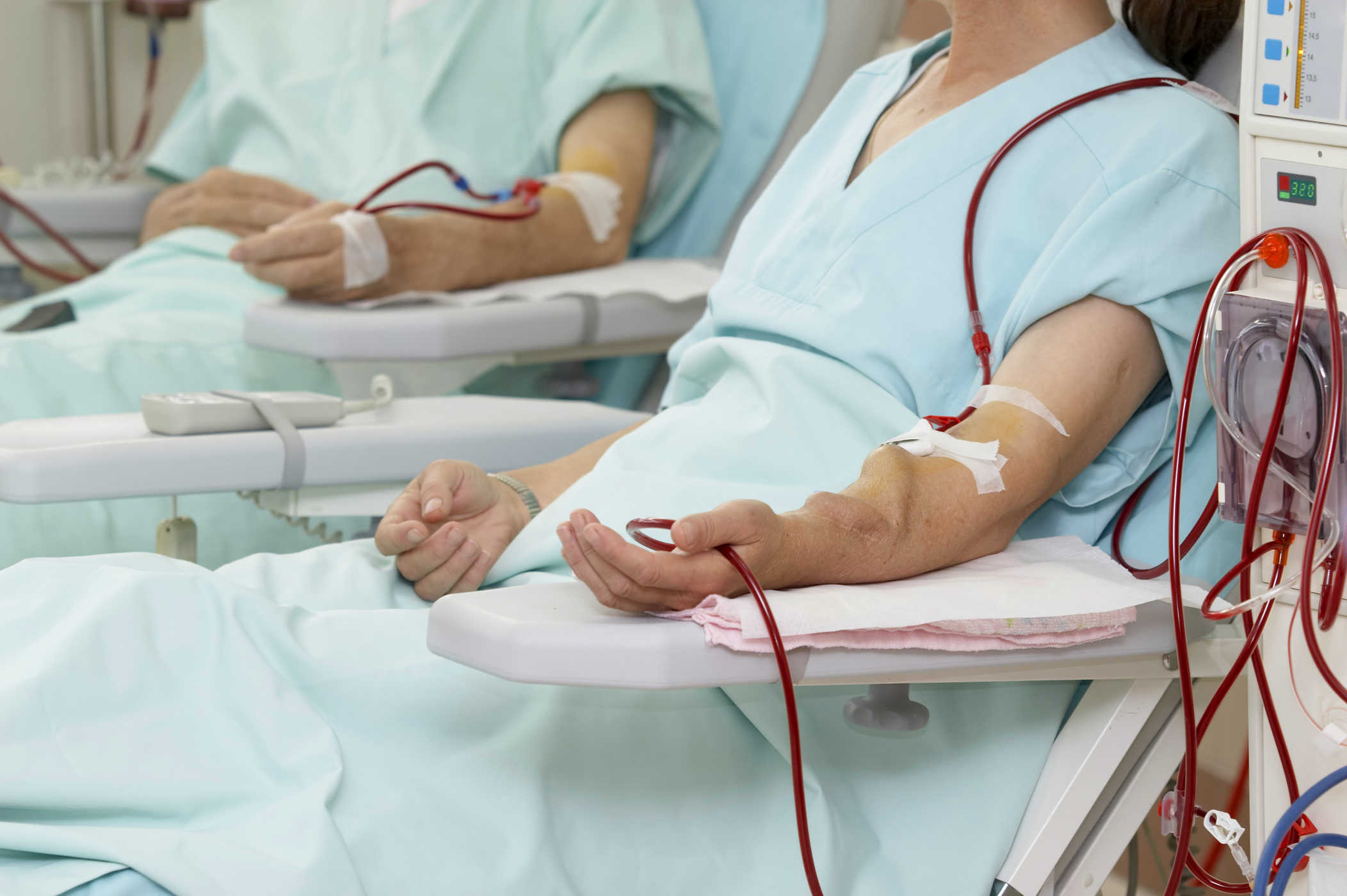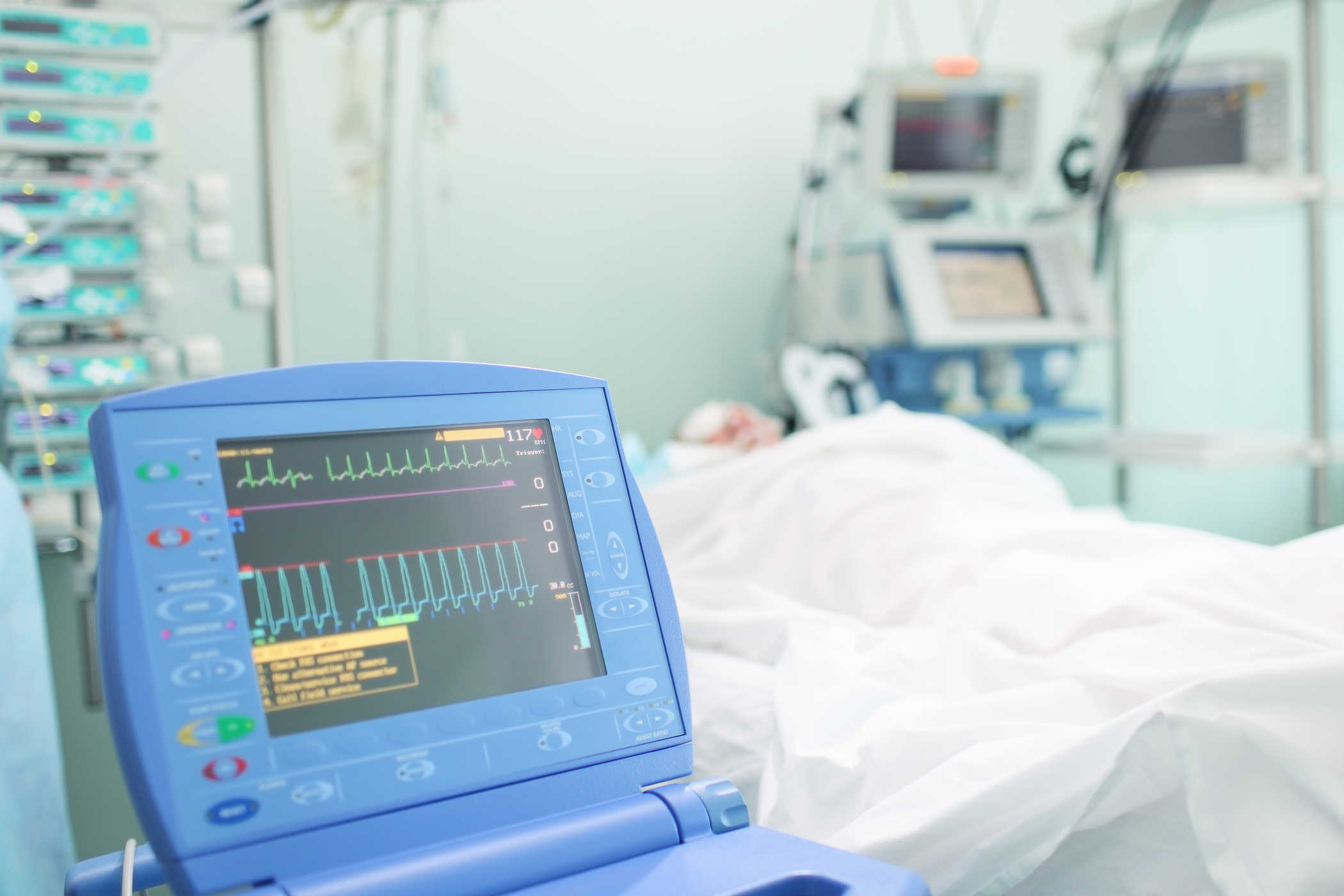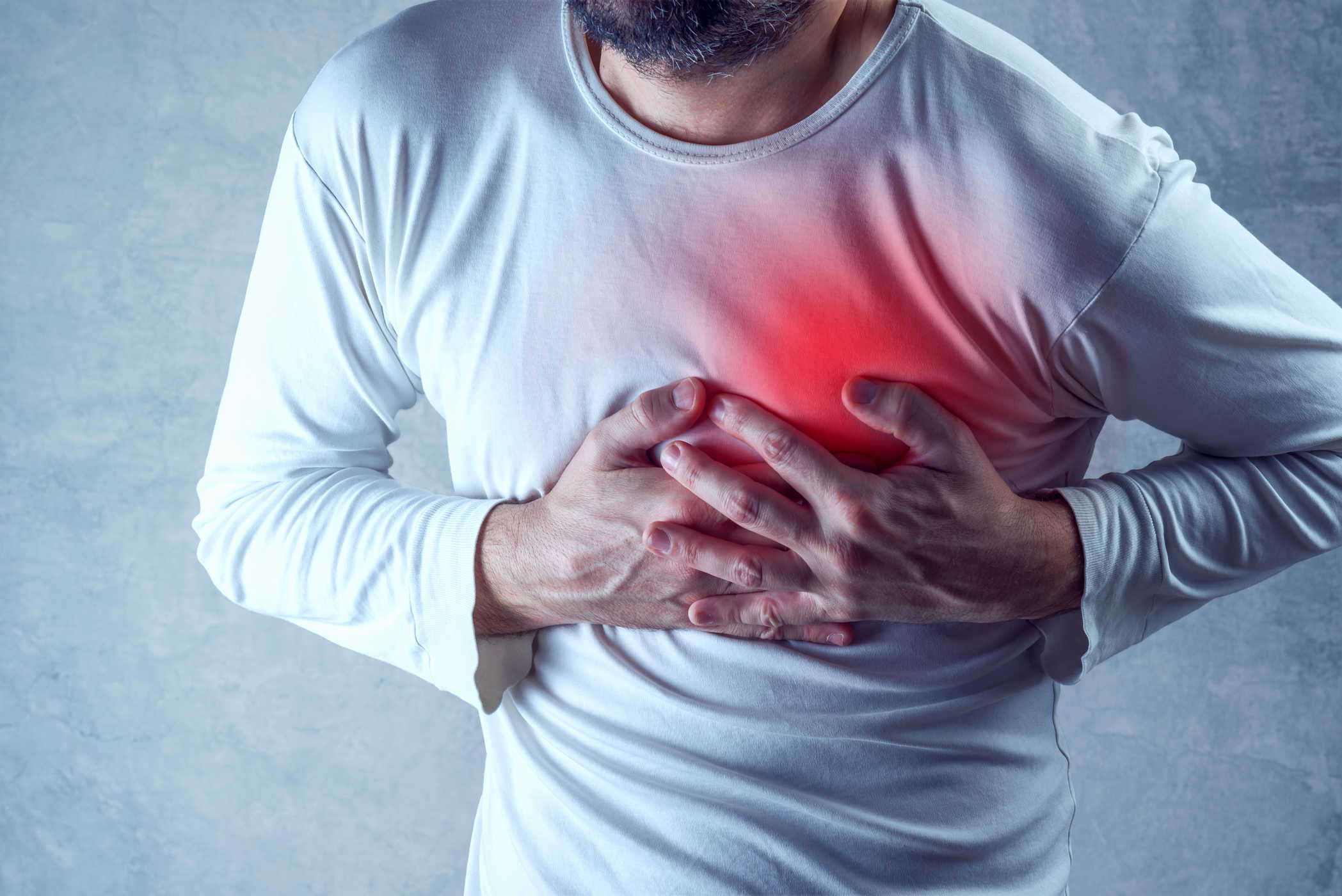Contents:
- Medical Video: CBS19 Healthwise - The Connection Between High Blood Pressure and Kidney Problems
- How does high blood pressure affect the kidneys?
- What are the symptoms of high blood pressure and kidney disease?
- How to diagnose high blood pressure and kidney disease?
- Urine test
- Blood test
- How do you prevent or slow the progression of kidney disease from high blood pressure?
Medical Video: CBS19 Healthwise - The Connection Between High Blood Pressure and Kidney Problems
How does high blood pressure affect the kidneys?
High blood pressure can damage blood vessels in the kidneys, reducing their ability to work properly. When the power of high blood flow, blood vessels stretch so that blood flows more easily. However, this stretch leaves scars and weakens blood vessels throughout the body, including the kidneys.
If the kidney's blood vessels are damaged, they can stop removing waste and extra fluid from the body. Extra fluid in the blood vessels can increase blood pressure, creating a dangerous cycle.
What are the symptoms of high blood pressure and kidney disease?
Most people with high blood pressure have no symptoms. In rare cases, high blood pressure can cause headaches.
Kidney disease also has no symptoms at an early stage. A person may have experienced swelling called edema, which occurs when the kidneys cannot get rid of extra fluid and salt. Edema can occur in the legs, or ankles and sometimes in the hands or face. After kidney function decreases further, symptoms can include:
- loss of appetite
- nausea
- gag
- sleepy or feeling tired
- difficulty concentrating
- sleep problems
- increase or decrease the frequency of urination
- itching or numbness
- dry skin
- headache
- weight loss
- the skin becomes darker
- muscle cramp
- hard to breathe
- chest pain
How to diagnose high blood pressure and kidney disease?
Doctors diagnose high blood pressure when several blood pressure tests — after repeated several times during a visit to the clinic — show systolic blood pressure consistently above 140 or diastolic blood pressure consistently above 90. Doctors measure blood pressure with a blood pressure cuff. You can also buy blood pressure cuffs at drug stores to monitor blood pressure at home. Kidney disease is diagnosed with urine and blood tests.
Urine test
Test dipstick for albumin. Test dipstick the urine sample can detect the presence of albumin in the urine. Albumin is a protein in the blood that can enter the urine if the kidney is damaged. A patient will be asked to collect urine samples in a special container at a health clinic. The clinic will send it to the laboratory for analysis. During this test, the nurse or technician will place a chemically treated paper strip, called dipstick, to urine. Color changes on the dipstick occur when blood or protein is in the urine.
Doctors use measurements of albumin and creatinine to determine the ratio between albumin and creatinine in the urine. Creatinine is a waste product in the blood filtered in the kidneys and excreted in the urine. Urine albumin-creatinine ratio above 30 mg / g may be a sign of kidney disease.
Blood test
A blood test involves taking blood at a health clinic and sending samples to the laboratory for analysis. Your doctor can ask you to do a blood test to estimate how much blood the kidneys filter every minute, called the estimated glomerular filtration rate (eGFR). The test results show the following:
- eGFR 60 or more is a normal range
- EGFR below 60 indicates kidney damage
- eGFR 15 or less likely to show kidney failure.
How do you prevent or slow the progression of kidney disease from high blood pressure?
The best way to slow down or prevent kidney disease is high blood pressure by lowering blood pressure. These steps include drug combinations and lifestyle changes, such as:
- eat healthy food
- physical activity
- maintain a healthy weight
- quit smoking
- controlling stress
No matter what causes kidney disease, high blood pressure can increase kidney damage. Patients with kidney disease must maintain blood pressure below 140/90.












